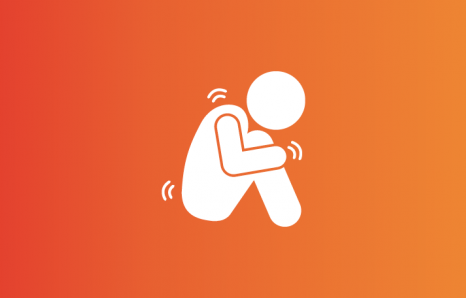How can we capture all incidents of poor health and wellbeing? What factors affect our confidence in the data? How can we use the data to inform health interventions? If you’re involved in measuring health and wellbeing performance, this session answers questions you may have.
You may also be interested in:

Our industry-leading health dashboards
Over 20 rail companies are signed up to the award-winning rail industry health data dashboard project. The findings are already providing a powerful tool to generate evidenced based decisions to help businesses to improve overall wellbeing and health for rail staff. This session covers how companies have overcome the challenges of collecting health data, what to do if you are unsure or don’t know where to start collecting data and how it supports the story telling; answering the “why” and “so what” when taking action to drive change.

Strategies for coping with trauma
Working in the rail industry can expose people to potentially traumatic events. As a manager, you want to be equipped with the tools to protect and support your team. The team and organisation around a person can play a big role in a person's recovery after an event. This session gives practical steps managers can take before, during and after an event to reduce the risk to mental health. Managers will also learn how they can protect themselves from burnout and vicarious trauma when supporting trauma-exposed colleagues.

A healthy worker is a safer worker
Dame Carol Black advised the government on the relationship between work and health for ten years. This session draws on her wealth of experience to discuss the importance of health and wellbeing in relation to worker safety on Britain’s railway.
